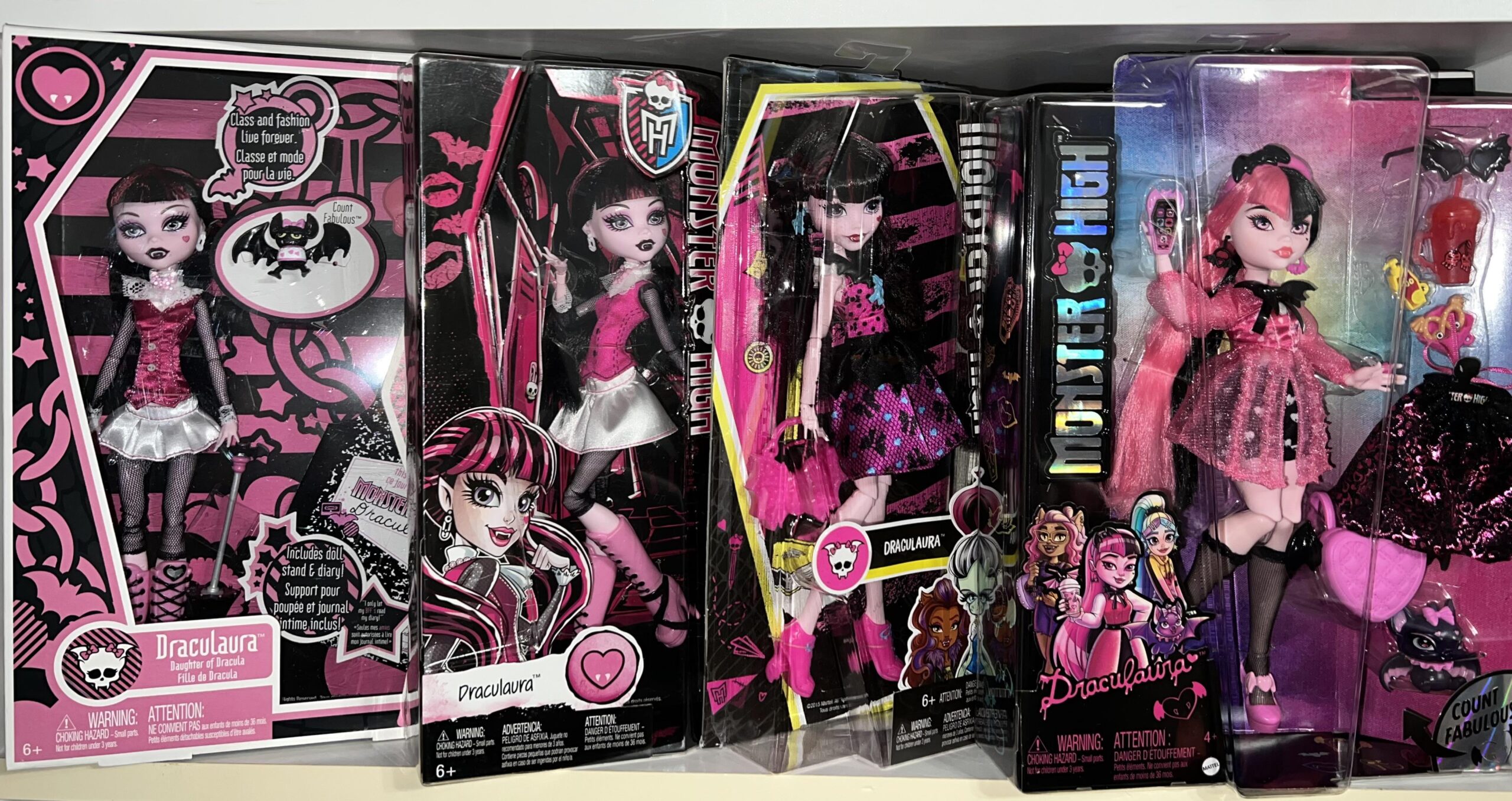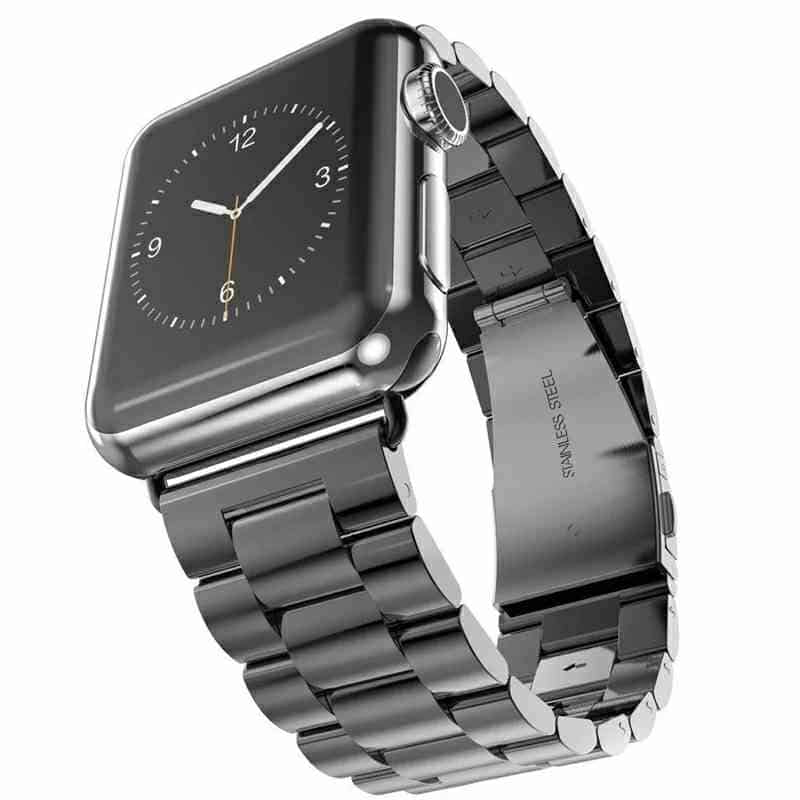Aroace is a term that combines “aromantic” and “asexual,” referring to individuals who do not experience romantic attraction (aromantic) and do not experience sexual attraction (asexual). This term is part of the broader spectrum of human sexual and romantic orientations, providing a deeper understanding of how diverse human attraction and relationships can be.
What Does It Mean to Be Aroace?
Aromanticism
Aromanticism refers to the lack of romantic attraction to others. An aromantic person does not desire a romantic relationship, though they can still form deep, meaningful connections with others. The absence of romantic feelings does not preclude aromantic individuals from experiencing love in other forms, such as platonic love, familial love, and love for activities or passions.
Asexuality
Asexuality is the lack of sexual attraction to others. Asexual individuals do not experience sexual desire or interest in sexual activities. However, this does not mean they are incapable of forming relationships. Many asexual people have fulfilling relationships that do not include sexual activity. Some asexual individuals may engage in sexual activities for various reasons, including partner satisfaction or procreation, but these actions are not driven by sexual attraction.
The Aroace Identity
An aroace person, therefore, does not experience romantic or sexual attraction. This orientation is entirely valid and is an important part of the LGBTQIA+ community. Aroace individuals may still seek close friendships and strong bonds with others, finding fulfillment in non-romantic, non-sexual relationships.
Common Misconceptions About Aroace Individuals
Misconception 1: Aroace People Are Cold or Unfeeling
This is a harmful stereotype. Aroace individuals are just as capable of deep emotions and meaningful relationships as anyone else. They simply express and experience these emotions differently.
Misconception 2: Aroace is Just a Phase
The idea that aroace identity is a temporary phase undermines the validity of the orientation. Just like any other sexual or romantic orientation, being aroace is a legitimate and enduring aspect of a person’s identity.
Misconception 3: Aroace People Can’t Have Close Relationships
Aroace people can and do have close, fulfilling relationships. These relationships might be platonic, familial, or based on shared interests and mutual respect. The absence of romantic and sexual attraction does not diminish the capacity for deep connection.
The Importance of Visibility and Representation
Visibility and representation of aroace individuals are crucial for several reasons:
- Validation: Recognizing aroace identities helps validate the experiences of those who identify as such, fostering a sense of belonging and acceptance.
- Education: Increased visibility helps educate the broader society about the diversity of human experiences, reducing ignorance and prejudice.
- Support: Representation provides role models and support networks for aroace individuals, especially for those who might be struggling with their identity.
Aroace Experiences and Community
Finding Community
The aroace community often finds support and solidarity within the broader LGBTQIA+ spectrum. Online forums, social media groups, and local LGBTQIA+ organizations can provide valuable resources and connections.
Personal Stories
Hearing personal stories from aroace individuals can be enlightening and affirming. These stories highlight the diversity within the aroace community and demonstrate that there is no single way to experience this orientation.
Navigating Relationships as an Aroace Person
Friendships
Friendships often play a central role in the lives of aroace individuals. These relationships can be incredibly fulfilling and provide emotional support, companionship, and mutual understanding.
Queerplatonic Relationships
A term often associated with the aroace community is “queerplatonic relationships” (QPRs). These are deep, committed relationships that are not based on traditional romantic or sexual frameworks. QPRs can be just as significant and meaningful as romantic relationships, providing a unique way for aroace individuals to connect with others.
Communication
Clear and open communication is essential in any relationship, but it is especially important for aroace individuals. Being upfront about one’s orientation and boundaries helps to ensure that all parties have a mutual understanding and respect for each other’s needs.
The Future of Aroace Recognition
Social Acceptance
As society becomes more aware of and educated about different sexual and romantic orientations, acceptance of aroace identities is likely to grow. This progress is essential for creating an inclusive and supportive environment for all individuals.
Legal and Policy Considerations
Recognition of aroace identities can also extend into legal and policy realms. Advocacy for inclusive policies that recognize the diverse forms of relationships and family structures is crucial. This includes the right to form non-romantic partnerships and receive legal recognition and benefits.
Frequently Asked Questions (FAQs)
What does “aroace” mean?
“Aroace” is a combination of “aromantic” and “asexual.” It refers to individuals who do not experience romantic attraction (aromantic) and do not experience sexual attraction (asexual).
Can aroace people have relationships?
Yes, aroace individuals can have close, meaningful relationships. These relationships may be platonic, familial, or based on mutual interests. They may also engage in queerplatonic relationships (QPRs), which are deep, committed relationships that are not based on traditional romantic or sexual frameworks.
Is being aroace just a phase?
No, being aroace is a legitimate and enduring aspect of a person’s identity. It is not a phase, but a valid orientation.
How can I support an aroace friend or family member?
Support them by respecting their identity and boundaries, educating yourself about aroace experiences, and offering your acceptance and understanding. Encouraging open communication and validating their feelings can also be very helpful.
Are there specific symbols or flags for the aroace community?
Yes, the aroace community has its own flag, which combines elements of the aromantic and asexual flags. The flag features colors that represent different aspects of aroace identity, fostering a sense of pride and belonging.
What are queerplatonic relationships?
Queerplatonic relationships (QPRs) are deep, committed relationships that do not fit into traditional romantic or sexual frameworks. They are significant and meaningful connections that can be central to an aroace person’s life.
How can I learn more about aroace experiences?
There are many resources available, including books, articles, online forums, and social media groups. Engaging with content created by aroace individuals can provide valuable insights and foster a greater understanding of their experiences.
Is there a place for aroace individuals in the LGBTQIA+ community?
Absolutely. Aroace individuals are a vital part of the LGBTQIA+ community. Their experiences and identities add to the rich diversity of the community, and their inclusion is important for fostering a truly inclusive environment.
Conclusion
Understanding aroace identities is a step towards recognizing the full spectrum of human attraction and relationships. By educating ourselves and others, we can create a more inclusive and supportive world for everyone. Whether through friendships, queerplatonic relationships, or simply respecting each other’s identities, we can all contribute to a society that values and celebrates diversity in all its forms.



